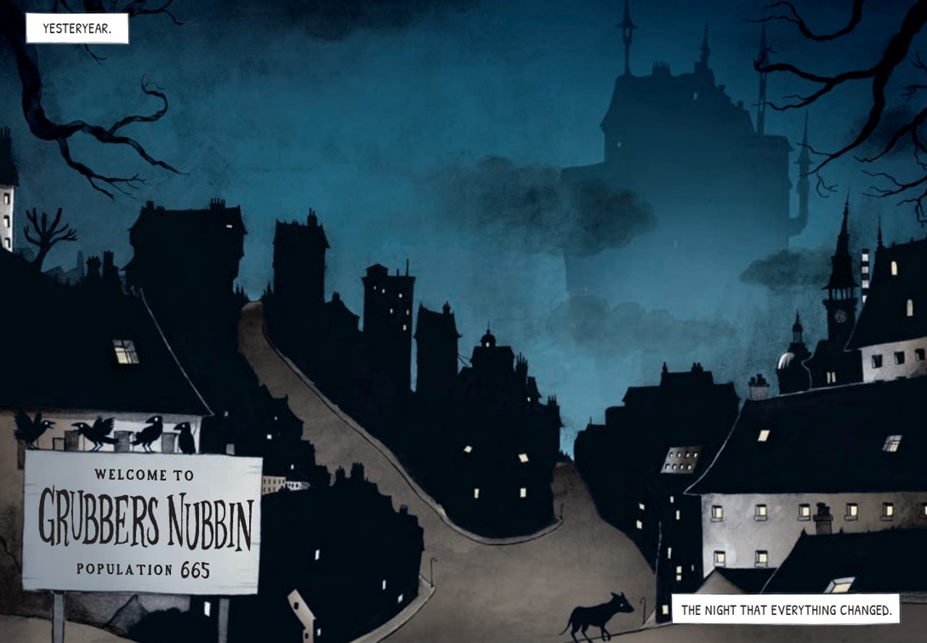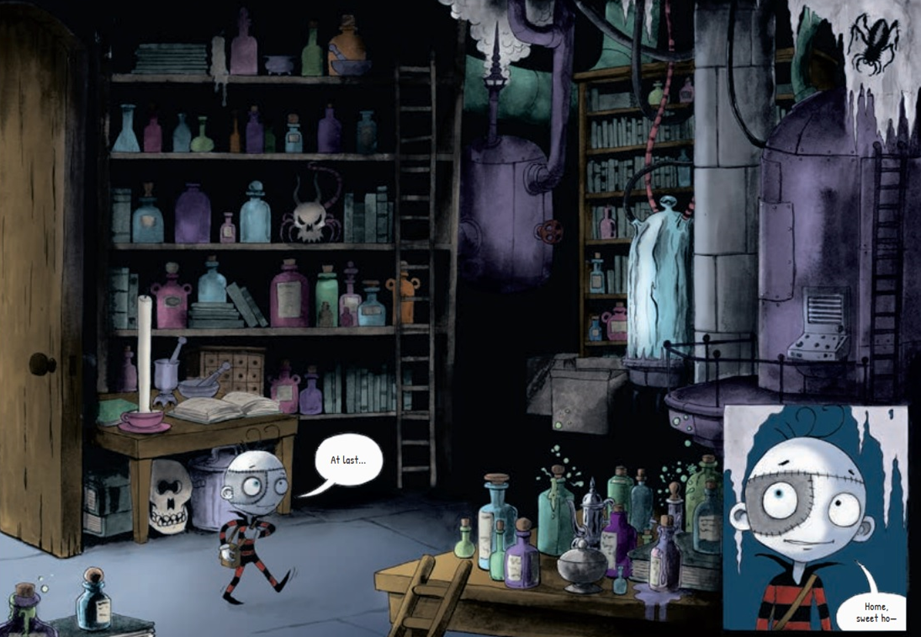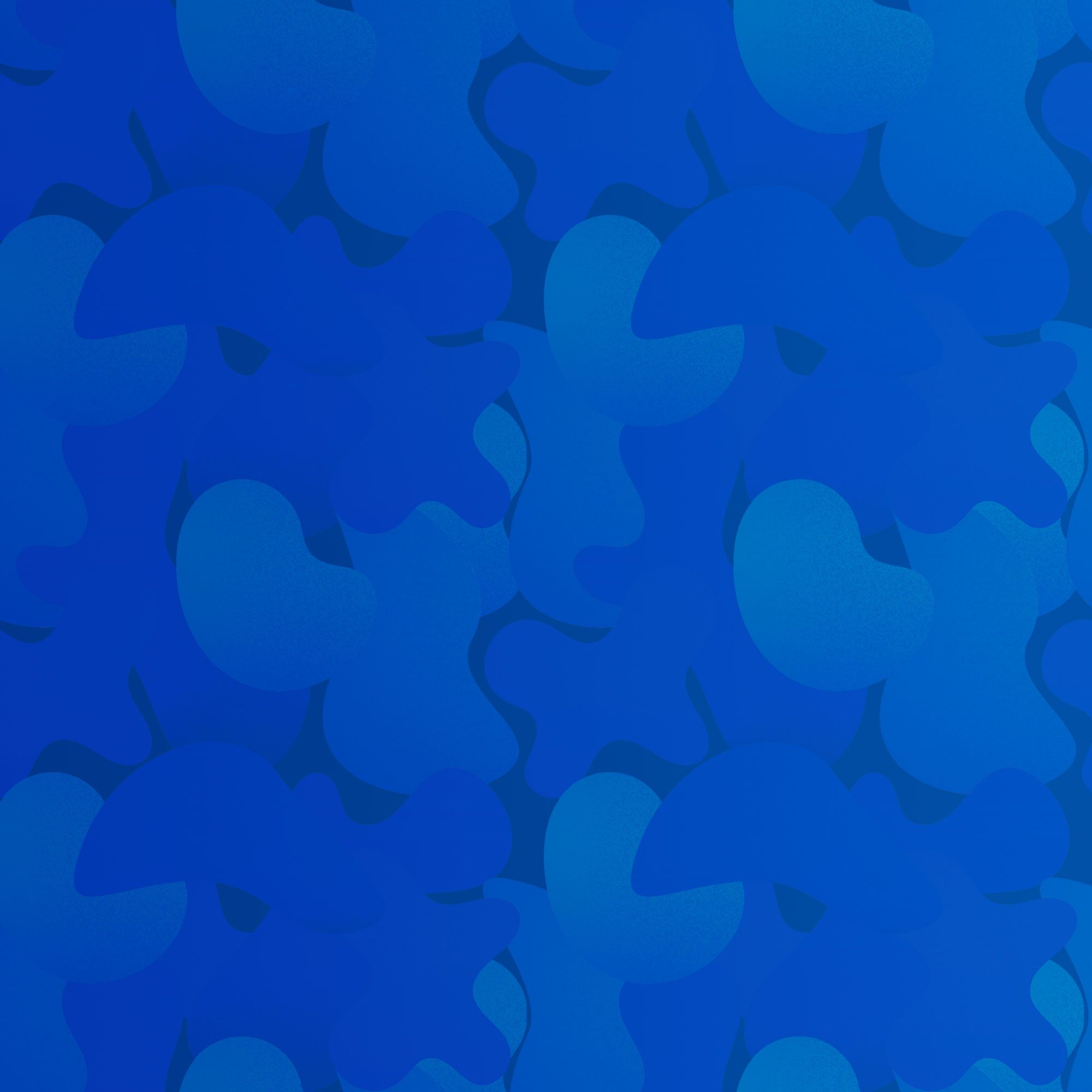Guy Bass & Pete Williamson


About Author
The bestselling Stitch Head series is getting a new look - as a graphic novel! Author Guy Bass and illustrator Pete Williamson tell us more.
Guy Bass is an award-winning author who has written more than 30 books, including the best-selling Stitch Head series, Dinkin Dings, Spynosaur and Skeleton Keys. He lives in London with his wife. Find out more at guybass.com & @GuyBassBooks
Pete Williamson is a self-taught artist and illustrator. He is best known for the much-loved Stitch Head series and the award-winning The Raven Mysteries. He has illustrated over 65 books and lives in Kent with his family.
Interview
Stitch Head: The Graphic Novel (Little Tiger Press)
February 2024
The bestselling Stitch Head series is getting a new look - as a graphic novel! Author Guy Bass and illustrator Pete Williamson have revisited the original novel and re-created it as a graphic novel, giving us a fresh glimpse of Stitch Head and his friends in Castle Grotteskew!
We asked Guy and Pete to tell us more about how the graphic novel came about, their favourite scenes in the book and why we should all dedicate ourselves to making monsters....! Look out for news about a new animated Stitch Head, too!
Read an extract from Stitch Head: The Graphic Novel
Q&A with Guy Bass and Pete Williamson
"I felt convinced that we could revisit the story with a stronger focus on the visuals - the dark corners and long corridors
and myriad monsters - while still maintaining the charm and excitement of the story."
1. Hello Guy and Pete, thank you for visiting ReadingZone, it's great to have you back! Can you tell us about the kinds of books you like to create, and what you're working on?
Guy: Thanks for having us, it's good to be back! Lately, I've been working a variety of projects. As well as the Stitch Head graphic novels, I'm working on a sci-fi trilogy, a collection of short horror stories and a whodunnit or two. They're all really exciting projects - the sort of books I dreamed about writing when I first became an author.
Pete: Right now, I'm working away at the next Stitch Head graphic novel, our adaptation of The Pirate's Eye. Just before I began that, I illustrated a very funny book by a Dutch writer with lots of weirdness and eye-popping artwork (the main character's giant eyes can pop out on wires and knock people over!) and also a full colour book about a lady I know who makes incredible French pastries, which was not my usual style, but was great fun.
2. What is the first Stitch Head novel about, and what inspired these Frankenstein stories for children, and the illustrations?
Guy: Stitch Head is the story of a monster-making mad professor's long-forgotten first creation, who hides in the shadows of a monster-filled castle. He spends his 'almost-life' trying to protect his master from his own increasingly insane creations and generally stop chaos from ensuing. I've always been a fan of horror and I was really keen to write a quasi-Victorian gothic monster tale, especially as I knew Pete's illustrations would suit the genre perfectly.
Pete: We discussed the main characters, figured out their look, and then it was a case of creating the world in which their adventures would take place. Our personal influences came together perfectly in the very first book, really. I've long loved black and white book illustration and comic strips. I knew the art had to travel the fine line between "Awww!" and "Aargh!" (with a little bit of "Eww!" as well). I just did what I felt would work best.

3. What kinds of adventures does Stitch Head have? Why do you think the series has been so popular?
Guy: I wish I knew why certain books become popular and others don't - I could sitting on a bed of money instead of this bed made of whatever beds are made of. But I'm very grateful to have been able to tell more Stitch Head stories than I ever imagined. In later books he becomes a pirate, gets possessed by a vengeful ghost, ventures to a monstrous orphanage, and even solves a monstrous mystery in the nearby town of Grubbers Nubbin. But he always returns to his castle home, to his friends, and to the professor.
Pete: I think Stitch Head is a vulnerable, very sympathetic character who always overcomes the challenges he faces, and gradually feels stronger the more he has to deal with the outside world. Lots of us can relate to that. As for the illustrations, readers have told me that they love the balance of funny and scary.
4. Apart from great adventures, is there anything you would like children to take from the Stitch Head stories?
Guy: In an ideal world, I'd like readers to be inspired to drop whatever they're doing and dedicate themselves to making monsters. And possibly something about the value of friendship and loyalty. But mainly the monster thing.
Pete: That even though the world can sometimes appear strange and unsettling and dark, and really not make much sense, you can find your own place in it, and find friends who are happy to join you there.
5. Why did you decide to turn the original books into graphic novels?
Guy: I've always thought Stitch Head would translate well into a graphic novel format. Pete created new artwork for an Art of Stitch Head exhibition, and that was galvanising for me - I felt convinced that we could revisit the story with a stronger focus on the visuals - the dark corners and long corridors and myriad monsters - while still maintaining the charm and excitement of the story.
Pete: Both Guy and I have read and enjoyed comics since we were young, and I think they're in our blood, so it has felt completely natural to turn the books into graphic novels. Guy's writing is bursting with energy and imagination, and full of emotional nuance, and in a graphic novel, I can illustrate that in more detail.

6. So what are the challenges in turning a novel into a graphic novel? Where do you start?
Guy: I'd already thought a lot about adapting the book before I started work on it. There were places I knew we'd need to stick to the narrative of the novel and others where we could deviate - contract and expand certain elements to tell the story in a different way. I wanted the artwork to tell the story as much as possible this time round, so I tried to put as much of the burden on Pete as possible! I described how I thought each page and panel might look, and then Pete worked his magic. With the artwork in place, we tried to pair the dialogue down even further. Each word had to earn its place.
Pete: The primary challenge for me was the sheer amount of illustrations needed - but I love drawing, so although it was intense, it was enjoyable, and also magical to see it take shape. It's easily the biggest project I've done, and Castle Grotteskew now feels like a place I go to, rather than a place I just imagine. And after seeing how well the first book turned out, I'm approaching the second book with an awareness that I can leave space for Kat Cassidy's sublime colour work, which adds a whole new level.
7. What have you enjoyed the most in taking Stitch Head's world into graphic novels?
Guy: Seeing Pete's vision of Stitch Head's world in full colour was a nice surprise. Charlie Moyler and the design team at Little Tiger did a brilliant job of making the book look as good as it could but an enormous tip of the hat goes to Kat Cassidy, who put so much time, thought and energy into the colouring. Queasy green … dungeon purple … flashback blue … I'm very tempted to redecorate my flat with the graphic novel palette.
Pete: I've really enjoyed returning to all the characters, although Arabella's various states of indignation are particularly fun to try and capture (I think I'd hide behind The Creature if I knew Arabella was in the vicinity). Shifts in the characters' body language, and in their facial expressions, have turned out to be a very enjoyable aspect of adapting the original book into a graphic novel.

8. We hear there's an animated Stitch Head film in the making - have you been involved with that? What are you most excited about for the film?
Guy: I read and gave feedback on a couple of versions of the script. It's surreal to see someone else's take on Stitch Head. I felt quite proprietorial at first but the filmmakers have absolutely stayed true to the spirit of the book, even when the narrative heads in a different direction. The most exciting thing for me is the prospect of seeing Stitch Head literally move - so far that's only happened in my head.
Pete: I sent them a selection of illustrations of the castle which hadn't appeared in the original books, so I'm excited to see if any of that will be in the film. Odd creations and weird lab machinery, etc. I don't think I'll really think its real until I sit in the cinema, and the adverts end, and the film begins.
9. What place does Stitch Head hold in your writing / illustrating careers to date, is it a stand-out series for you? What are you writing currently?
Guy: It's definitely a stand-out for me. My wife and I refer to Stitch Head as our son, which does tend to upset our actual son, even though neither he nor Stitch Head are real. That little creation (Stitch Head, not my actual non-real son) has been a constant in my career. I love that he's been around for long enough that we get to re-interpret the stories, or let other people take a crack at them. Right now, I'm writing about robots. And the odd alien. And exactly two humans.
Pete: It's become a stand-out for me due to the response it continues to draw from our readers, old and new. Children dress up as Stitch Head on World Book Day! And the Stitch Head world always feel fresh and full of creative potential for me. It's odd, and sinister, and funny, and often quite beautiful in its way, and I love being in it.
10. What are your own 'real world' adventures - where do you go to seek out new inspiration and to relax?
Guy: I live close to Hampstead Heath in north London, which is a perfect place to get lost if I'm looking for inspiration. I wouldn't say I seek out inspiration on the toilet, but it's still my safest bet if I'm stuck. For ideas, I mean.
Pete: I live in a house in Kent that backs onto fields and woods, which are full of foxes and badgers and owls. So to take a break from all that, I like to jump on the train and rush up to London, where I walk around bookshops, and artists' shops, and go to galleries, food markets and concerts. Then, when I get back home in the evening, refreshed by the city air, I ready my new books and listen to the owls chatting amongst themselves.
 Stitch Head: The Graphic Novel
Stitch Head: The Graphic Novel
 The Monster Hunter (Stitch Head 6)
The Monster Hunter (Stitch Head 6)
 The Beast of Grubbers Nubbin (Stitch Head 5)
The Beast of Grubbers Nubbin (Stitch Head 5)
 The Spider's Lair (Stitch Head 4)
The Spider's Lair (Stitch Head 4)
 The Ghost of Grotteskew (Stitch Head 3)
The Ghost of Grotteskew (Stitch Head 3)
 The Pirate's Eye (Stitch Head 2)
The Pirate's Eye (Stitch Head 2)
 Stitch Head (Stitch Head 1)
Stitch Head (Stitch Head 1)
